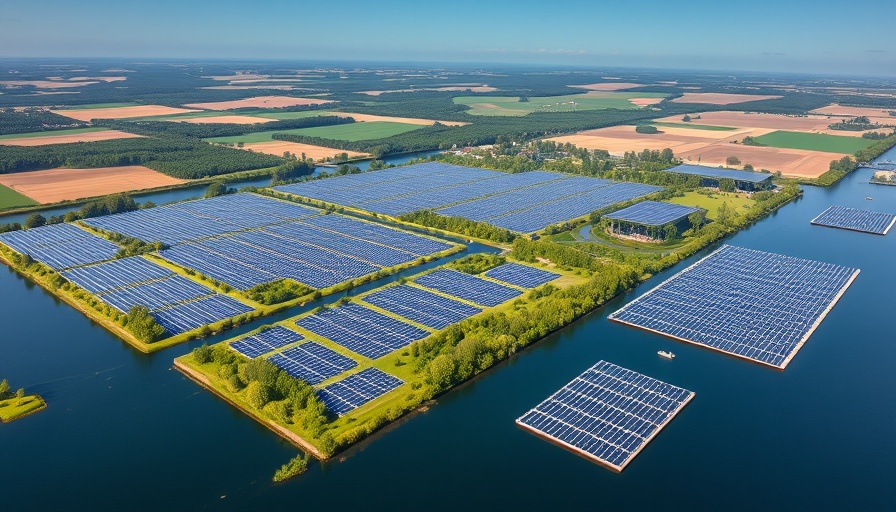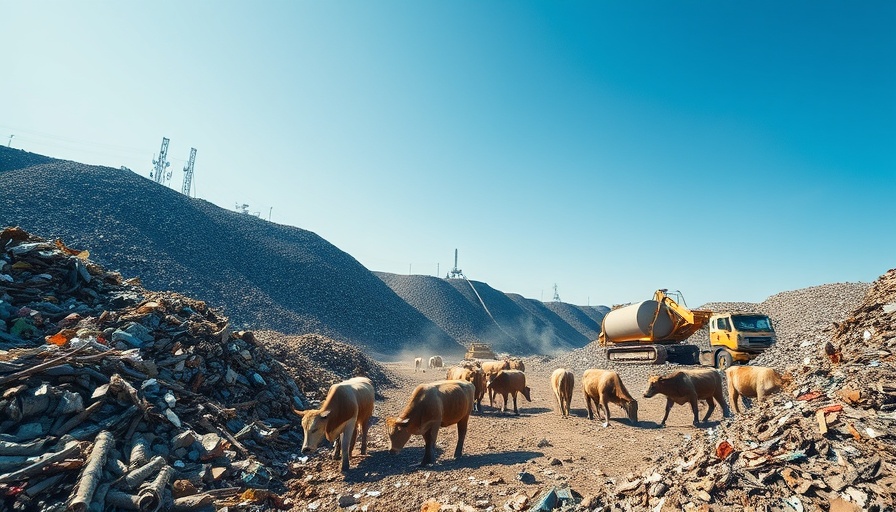
The Dawn of Europe’s Largest Floating Solar Farm
Imagine a reservoir once mined for gravel, now transformed into a marvel of sustainable energy production. Located in Perthes, France, Les Îlots Blandin is not just a solar farm; it represents a significant step toward a greener future. This project, operational as of June 20, 2025, boasts an impressive capacity of 74.3 MW and is the largest floating solar farm in Europe. With this development, 37,000 households are projected to receive clean energy, contributing to reduced carbon emissions and a sustainable approach to land use.
Harnessing Abandoned Industrial Sites for Renewable Energy
The story of Les Îlots Blandin began with a foresighted vision of Q Energy and Velto Renewables, who saw potential in the 127-hectare former gravel extraction site. The choice of location is vital, as it minimizes conflict over land use while providing an optimal setting for solar energy generation. According to Corentin Sivy from Q Energy, "Understanding the local dynamics allowed us to design a project that is both technically sound and integrated into the region." This approach exemplifies how industrial wastelands can be reborn as renewable energy havens.
The Technical and Environmental Benefits of Floating Solar
Why floating solar panels? The unique advantages are compelling. These panels perform better due to the cooling effect of water, potentially extending their lifespan. Additionally, they address water conservation by limiting evaporation and reducing bank erosion, which benefits nearby ecosystems. While traditional solar installations often disrupt local wildlife, Les Îlots Blandin's location ensures aquatic life remains undisturbed.
Challenges on the Horizon: Economic Considerations
Despite the clear benefits, floating solar farms face economic challenges that could hinder widespread adoption. Specialized equipment is required for installation, which can significantly inflate project costs. The Les Îlots Blandin project, however, benefitted from private investments, showcasing the importance of collaborative efforts between public and private sectors in advancing renewable energy goals. This partnership model is crucial for scaling floating solar projects not only in France but globally, as noted by the World Economic Forum.
Looking Ahead: France’s Path to Net-Zero Emissions
In 2022, renewable sources contributed roughly 24.2% to France’s electricity generation, largely through hydropower and wind. The introduction of floating solar, complemented by agrivoltaic projects, can significantly bolster the nation’s renewable energy portfolio, helping France on its journey to achieve net-zero emissions by 2050. Lucas de Haro, CEO of Velto Renewables, states their commitment to long-term development in the region, insisting that they are determined to operate in harmony with local communities.
The successful launch of Les Îlots Blandin serves as both a blueprint and a beacon for future renewable energy ventures, suggesting that integrating technology with environmental stewardship might just be the key to a sustainable future.
 Add Row
Add Row  Add
Add 



Write A Comment